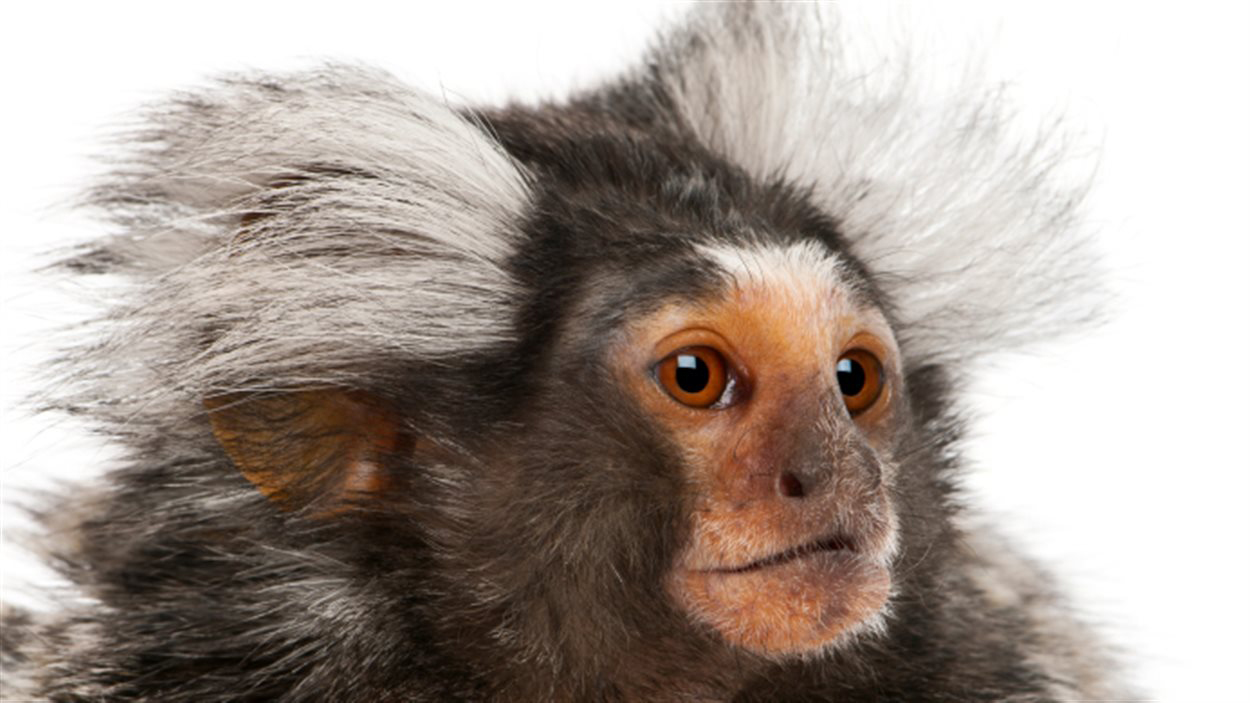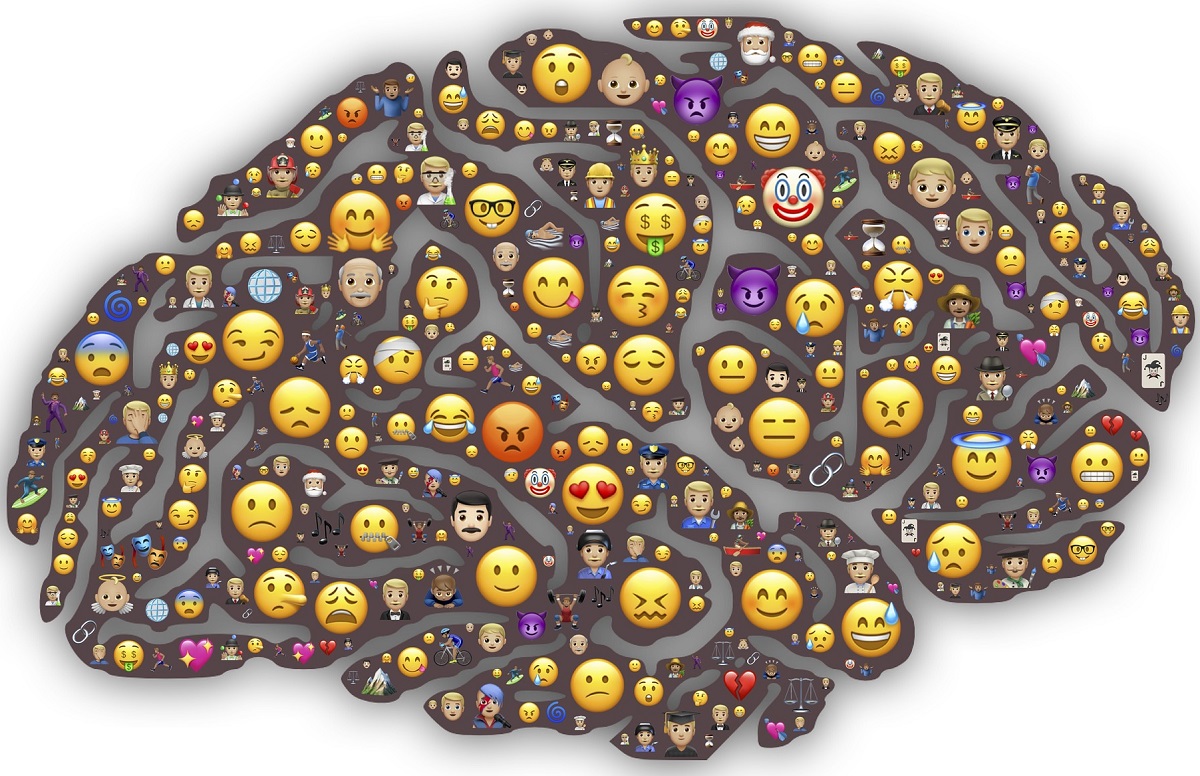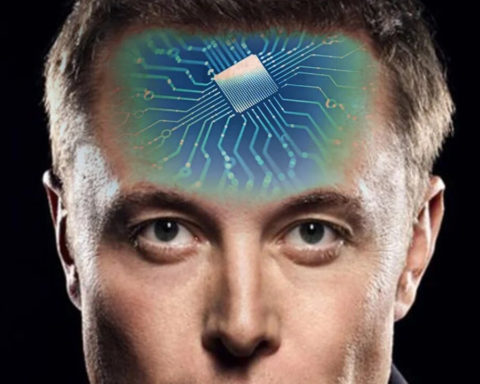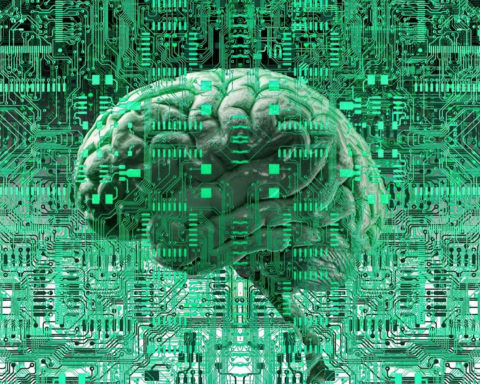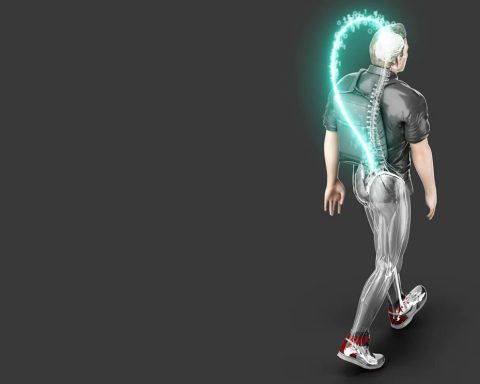We're not on Planet of the Apes, but almost. Indeed, scientists have just implanted a gene specific to man that would be responsible for the size of our brain and our so-called advanced cognitive abilities. The result is so spectacular that the research was immediately stopped for ethical reasons. Indeed, the implanted monkeys are endowed with a much larger brain with potential cognitive capacities located in areas that ethics forbids us to cross. For the time being.
The expansion of the human brain during evolution, and in particular the neocortex, is related to our cognitive abilities such as reasoning and language. A certain gene called ARHGAP11B, which is only found in humans, triggers the formation of additional brain stem cells, a prerequisite for a larger brain.
Previous studies have shown that ARHGAP11B, when expressed in mice and ferrets at physiologically high levels, causes expansion of the neocortex, but its relevance to the evolution of primates was not yet clear. Researchers at the Max Planck Institute for Molecular Cell Biology and Genetics (MPI-CBG) in Dresden, together with colleagues at the Central Institute for Experimental Animals (CIEA) in Kawasaki and Keio University in Tokyo, both in Japan, now show that this human-specific gene, when expressed at physiological levels, causes an expansion of the neocortex in a monkey, the marmoset. This suggests that the ARHGAP11B gene may well have caused neocortex expansion during human evolution. The researchers published their findings in the journal Science.
A big brain
The human neocortex, the youngest part of the cerebral cortex, is about three times larger than that of our closest relatives, the chimpanzees, and its folding in convolutions has increased over the course of evolution to accommodate the limited space in the skull. A key question for scientists is how the human neocortex became so large. In a study conducted in 2015, the research group of Wieland Huttner, one of the founding directors of the MPI-CBG, found that under the influence of the human-specific gene ARHGAP11B, mouse embryos produced many more neural progenitor cells and could even undergo the folding of their normally unfolded neocortex. Results published in Science on June 18 suggested that the ARHGAP11B gene plays a key role in the evolutionary expansion of the human neocortex.
The rise of the human-specific gene
The human-specific gene ARHGAP11B arose from a partial duplication of the ubiquitous ARHGAP11A gene about five million years ago, along the evolutionary line that led to Neanderthals, Denisovians and present-day humans, and after that line separated from the line that led to the chimpanzee.
In a follow-up study in 2016, Wieland Huttner's research group discovered a surprising reason why the ARHGAP11B protein contains a 47 amino acid sequence specific to humans, which is not found in the ARHGAP11A protein, and which is essential for ARHGAP11B's ability to augment brain stem cells. Specifically, a single C to G base substitution found in the ARHGAP11B gene results in the loss of 55 nucleotides of the ARHGAP11B messenger RNA, causing a shift in the reading frame resulting in a 47 amino acid sequence specific to humans and functionally critical. This base substitution probably occurred much later than when this gene first appeared about 5 million years ago, at any time between 1.5 million and 500,000 years ago. Such point mutations are not uncommon, but in the case of ARHGAP11B, its advantages in forming a larger brain seem to have immediately influenced human evolution.
The effect of the gene in monkeys
However, it was not yet known whether the human-specific ARHGAP11B gene would also cause neocortex enlargement in non-human primates. To study it, researchers in Wieland Huttner's group joined forces with Erika Sasaki of the Central Institute for Experimental Animals (CIEA) in Kawasaki and Hideyuki Okano of Keio University in Tokyo, both in Japan, who were the first to develop technology to generate transgenic non-human primates.
The first author of the study, Michael Heide, travelled to Japan to work with his colleagues directly there. They generated transgenic marmosets, endowed with the human-specific gene ARHGAP11B, which these monkeys do not normally have, in the developing neocortex. The brains of 101-day-old marmoset fetuses (50 days before the normal date of birth) were obtained in Japan and exported to the MPI-CBG in Dresden for detailed analysis.
Michael Heide explains: "We found that the neocortex of the marmoset's brain was enlarged and the brain surface folded. Its cortical plaque was also thicker than normal. In addition, we saw an increased number of radial basal glia progenitors in the outer subventricular area and an increased number of neurons in the upper layer, the type of neurons that increase in the evolution of primates. The researchers thus had functional evidence that ARHGAP11B causes expansion of the neocortex in primates.
Ethical Question
Wieland Huttner, who led the study, adds: "We limited our analyses to marmoset fetuses because we anticipated that the expression of this human-specific gene would affect the development of the neocortex in marmosets. In light of the potential unpredictable consequences on postnatal brain function, we considered it essential - and ethically obligatory - to first determine the effects of ARHGAP11B on the development of the neocortex of the marmoset.
Researchers have indeed redoubled their caution. The experiment was carried out on marmosets and not on primates closer to humans, such as chimpanzees or macaques. They also stopped the experiment at 101e day of gestation in order to avoid going all the way to birth and to avoid being in a zone of great uncertainty: that of behavioural changes linked to modifications of the neocortex. They did not want to go beyond this boundary, but they opened a way. Will it remain forbidden for long?
Source: Science, Science Daily

